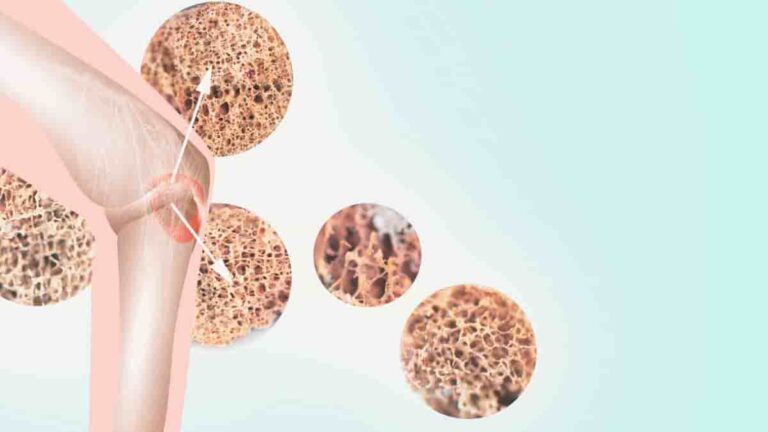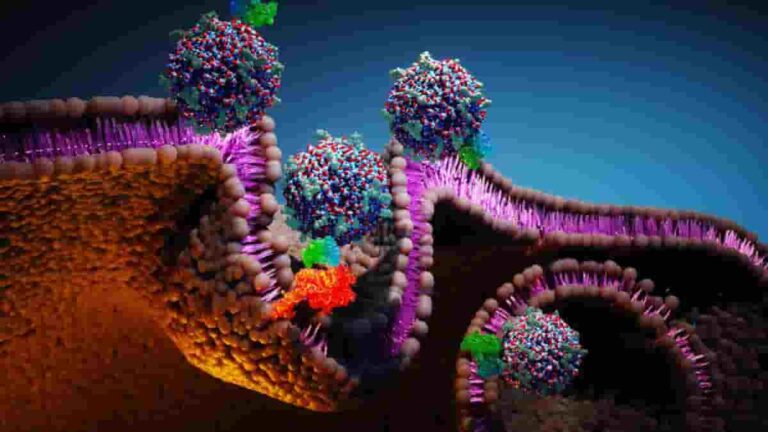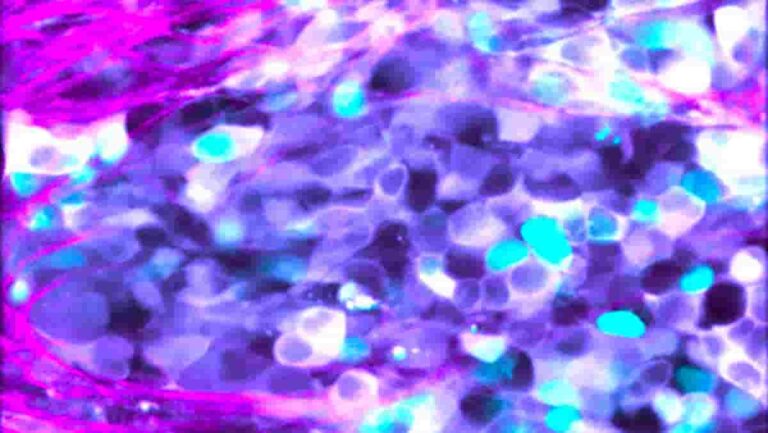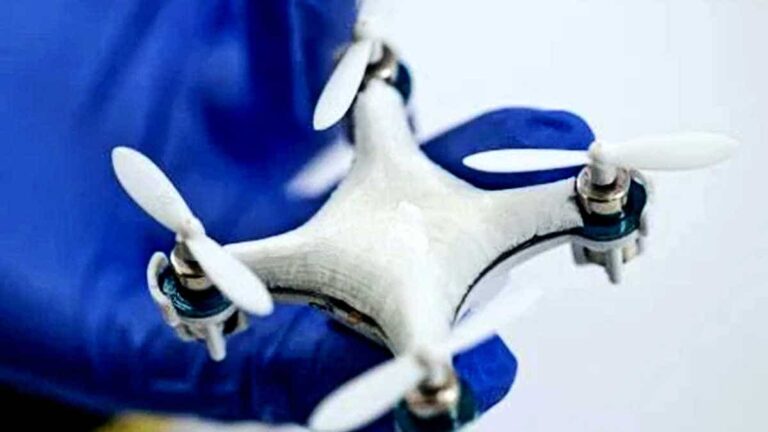According to recent research from the Earlham Institute and Quadram Institute in Norwich, the community of microbes that reside in and on our bodies may serve as a reservoir for antibiotic resistance. Antibiotic use causes “collateral damage” to the microbiome, increasing the number of resistance genes that are passed back and forth between strains in…
Category: Medicine
Low Bone Density Associated with Higher Dementia Risk
A new study suggests that people with low bone density may have a greater risk of developing dementia than those with higher bone density. This is not to say there is proof that low bone density causes dementia, only that the data show an association. Elderly people frequently have both low bone density and dementia…
Engineered Nanoparticle Antibody Fragments Destroy Gastric Cancer
A unique cancer therapy combining antibody fragments with molecularly engineered nanoparticles permanently eradicated gastric cancer in mice, a multi-institutional team of researchers reports. “I’ve seen beautiful results before, but I’ve never seen something that eradicates a tumor like this,” said Dr. Michelle Bradbury, co-lead author and professor of radiology at Weill Cornell Medicine. The “hit…
Chemotherapy Response in Neuroblastoma Cells Driven by Random Noise
A new study led by the Garvan Institute of Medical Research reveals that cancer cells have an innate randomness in their ability to respond to chemotherapy, adding to their arsenal of evading treatment. The work shows that tumour cells from neuroblastoma, cancer that develops in the body’s “fight or flight” sympathetic nervous system, can switch…
Vortex Ultrasound Busts Brain Blood Clots Better
A new tool and technique for breaking down blood clots in the brain uses “vortex ultrasound,” a sort of ultrasonic tornado. According to a new study, the method eliminated clots formed in an in vitro model of cerebral venous sinus thrombosis (CVST) faster than existing techniques. “Our previous work looked at various techniques that use…
Printable Sensor Glows When Toxins, Viruses Identified
A new biopolymer sensor can be imprinted like ink on virtually anything, such as gloves, masks, or everyday clothing, and it can detect bacteria, toxins, and hazardous chemicals in the environment. When the sensor detects these otherwise invisible threats, it glows thanks to an enzyme similar to that found in fireflies. The biopolymer sensor, which…
Plasma Injections May Ease Post-covid Loss of Smell
In a recent trial, platelet-rich plasma injections helped more than half of the patients with COVID-19-related persistent smell loss. Zara Patel suspected this early in the pandemic when people infected with COVID-19 reported losing their sense of smell. Patel, an otolaryngology professor at Stanford Medicine, has spent years researching loss of smell as a symptom…
Less Sleep Later In Life Raises Risks For Multiple Diseases
According to a recent study led by researchers from University College London, getting less than five hours of sleep in your middle to late years may increase your risk of developing at least two chronic diseases. The study adds to the growing body of studies emphasizing the value of getting a good night’s sleep. The…
CRISPR/Cas9 Editing Can Cause Genome Instability And Cell Toxicity
Depending on the targeted spot of the human genome, CRISPR gene editing can give rise to cell toxicity and genomic instability, Barcelona Institute for Research in Biomedicine scientists report1. CRISPR/Cas9 is a gene editing technique whose developers were the subject of the 2020 Nobel Prize in Chemistry. This adverse effect involves the linchpin tumour suppressor…








